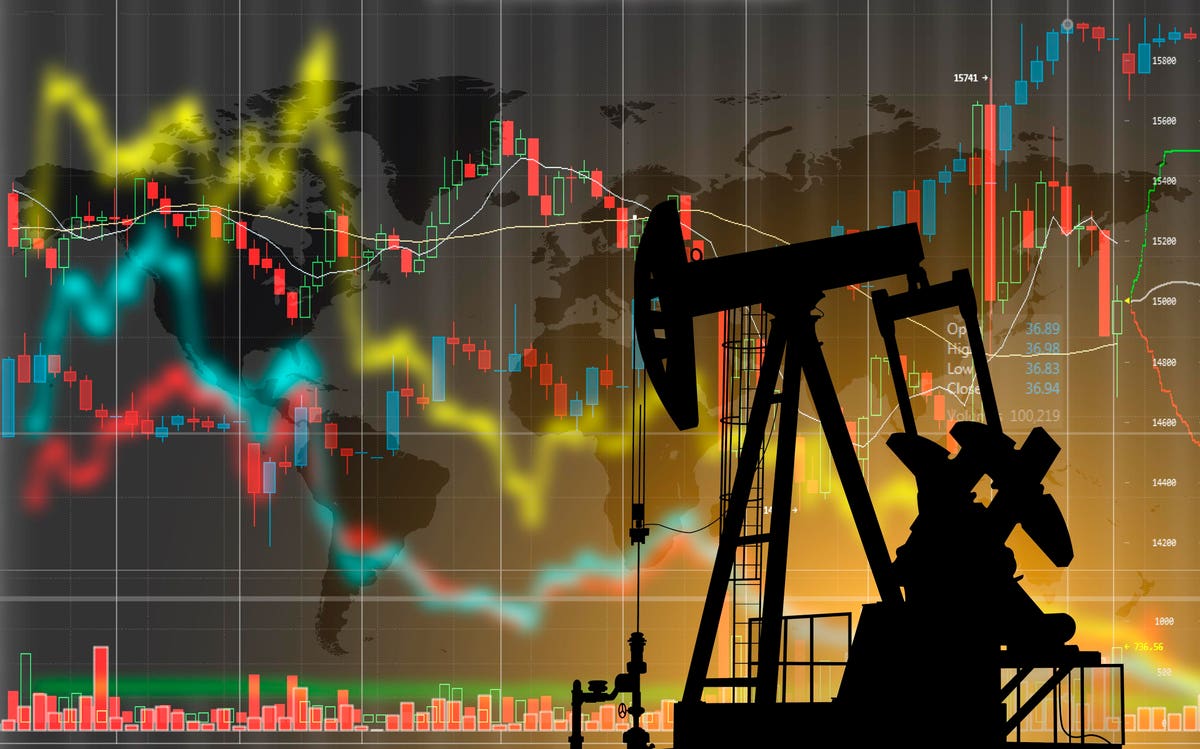As crude oil trading for the month of August draws to a close, prices have remained stubbornly rangebound, with the global benchmark Brent trading around $85 per barrel, and the West Texas Intermediate (WTI) just north of $81 per barrel.
For intraday context, at the time of writing (6:00am EST, August 31, 2023), the Brent front month contract was up 26 cents or 0.31% to $85.50 per barrel, while WTI was at $81.78 per barrel, up 25 cents or 0.41%. This has largely been the pricing scenario after a rally in July and early part of August, when Saudi Arabia and Russia announced a production cut of 1.5 million barrels per day (bpd).
Despite the cut, the rally has stalled largely around the middle of a relatively higher price range after July’s uptick. Brent peaked at $88 earlier in August, and the bottom for the month was around $82. Market sentiment remains in favour of Saudi Arabia and Russia extending their production cuts.
Surprise industrial outages and hurricane-related disruptions to U.S. production are also keeping the market tight. But such sentiments are being partially countered by a return of additional barrels from Iran, as well as the high possibility of the U.S. ending its curbs on both on Iran as well as Venezuela.
Add to this, there is substantial uncertainty about the direction of the global economy in general and China’s rebound in particular which has flattered to deceive. In fact, economists are lining up to cut China’s GDP forecast for 2023 and there could be sporadic recessions in key markets (e.g., Germany).
And major central banks continue to hike interest rates. This high interest rate climate will require a delicate balancing act on part of governments around the world, and how that unfolds might well determine where the oil price goes next.
But one group of market betters who helped support July’s crude oil price rally appear to be gradually changing their minds – hedge funds. According to data published by Reuters, hedge funds and other money managers adjusted their positions in 29 million barrels via futures and options contracts in the week ending August 22, 2023.
Sales of NYMEX and ICE WTI (16 million barrels) and Brent (13 million barrels) were recorded, the newswire noted, citing regulatory and exchange data. The total included a liquidation of existing bullish long positions (-18 million barrels) and speculative short sales (+11 million barrels) in anticipation of future price falls.
It appears that much of the market is looking out for signals needed for a definitive bullish or bearish push either way, but for now modest mid-$80 prices seem about par.
Read the full article here





